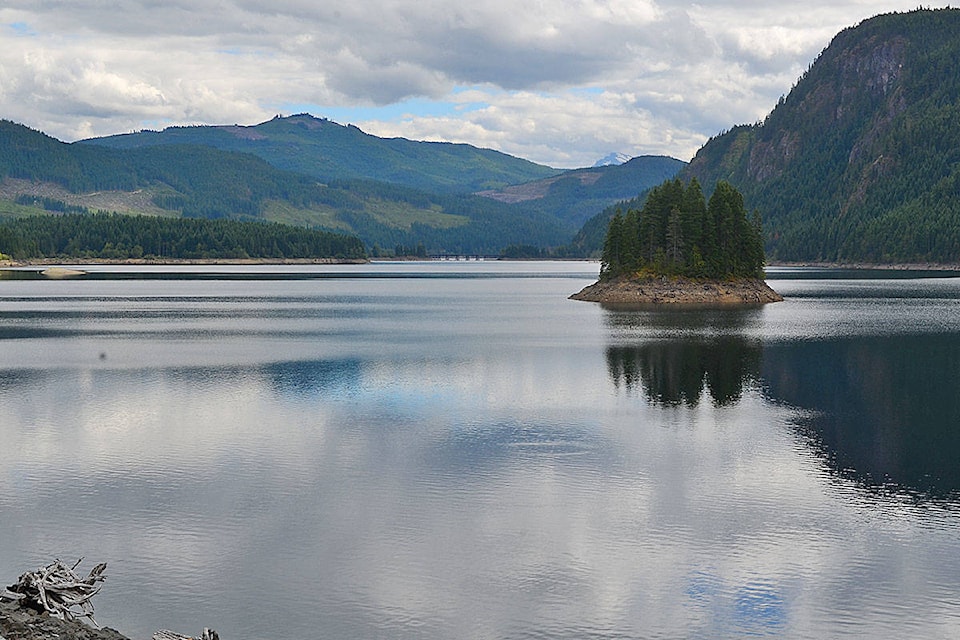The volume of water flowing into Upper Campbell Reservoir and Buttle Lake in September was the lowest that’s been recorded in a calendar month since BC Hydro began keeping records in 1963.
“It may be a surprise for people to learn that,” said BC Hydro spokesperson Stephen Watson.
The September monthly volume was only 26 per cent of average inflow, Watson said. The same extremely low flow conditions continued into the first few days of October, and the five day forecast indicates more of the same.
The area was lucky to have a decent winter snowpack and spring freshet, and entered this past summer with reservoirs quite full, but even July and August accumulated only 63 per cent of average inflow volume. BC Hydro manages the level of water throughout the Campbell River system from Buttle Lake to the John Hart Dam in order to maintain levels sufficient to generating electricity while protecting spawning fish and their habitat below the dam.
“The continual dry weather is catching up to us and we are beginning to see some modest impacts,” Watson said. “This can happen with water abundance at this time of year, and it is also good timing for us to lower the reservoirs in advance of the eventual fall storms and potential flood risk management operations.”
BC Hydro has kept the Campbell River flow at good levels through the summer while at the same time keeping the upper reservoir levels in preferred summer zones for recreation. On Sept. 21, with the incoming spawning salmon, BC Hydro increased the river flow from about 40 cubic metres per second (m3/s) to about 100 m3/s. This ideal spawning flow in the river can be provided for a few weeks, but given the ongoing dry conditions and the lower reservoir levels, on Monday night, Hydro will reduce the river flow to 80 m3/s. This flow rate keeps the riverbed fully covered with water, including those new fish eggs.
October has seen water inflow averages in the 5 m3/s range, while Hydro has been releasing about 20 times that flow rate downstream for fish habitat.
The Upper Campbell Reservoir/Buttle Lake is currently at 215.9 m and slowly dropping, though the Lower Campbell Reservoir/McIvor Lake will drop by about a metre through into early next week as the flows are provided downstream. This is being done so both of the large reservoirs are in the same comparable zone – on the lower side.
BC Hydro will provide a community update as the conditions change. It is likely Campbell River flows will remain at 80 m3/s as long as fall rains arrive later this month.
